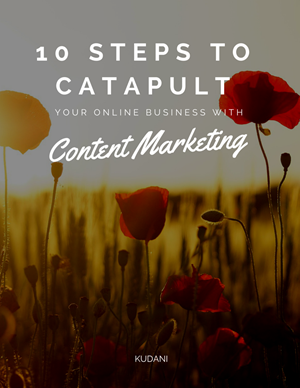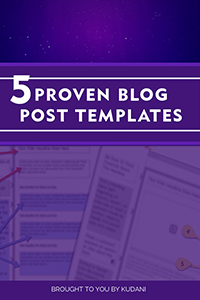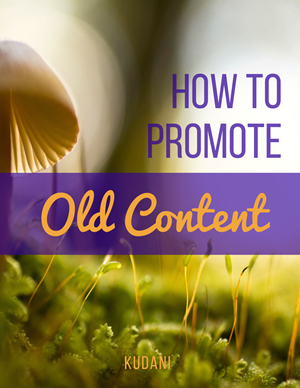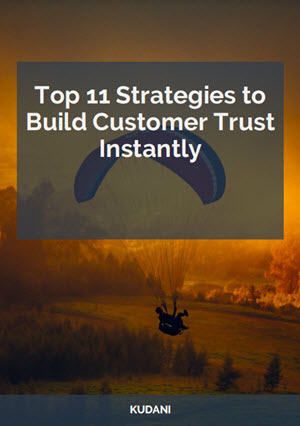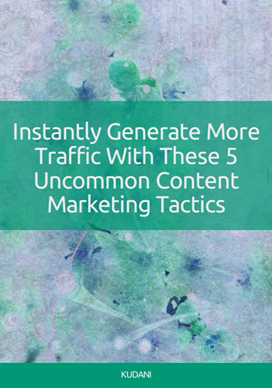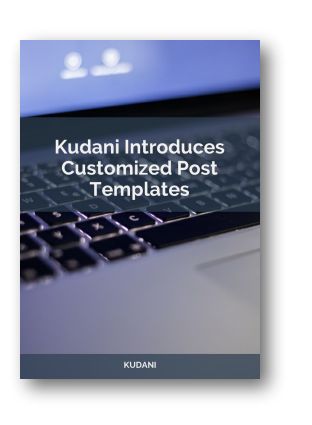The 7 Fundamentals Of Content Marketing Essential For Every Marketer
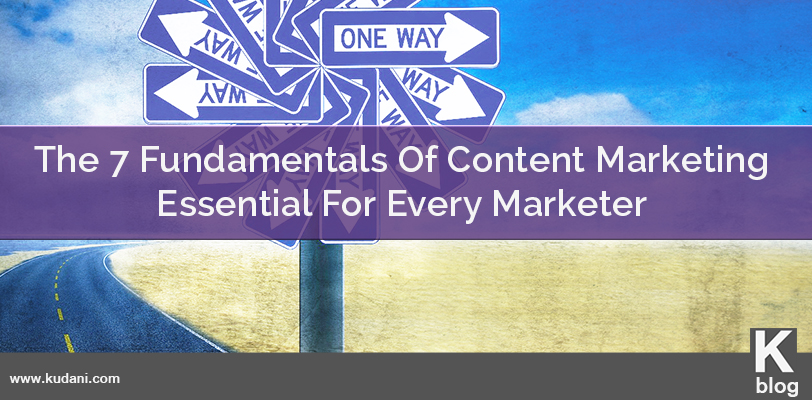
Content marketing is great, but it certainly does not come without its challenges. Having to produce mounds of content, then making sure that it gets in front of people to generate traffic, leads, and ultimately conversions is not an easy task.
Content marketing takes time and it can be very expensive with some uncertainty about ROI. There are many moving parts making it easy to get lost.
People are demanding more from publishers than ever and if you want to get noticed you need to deliver. Your content should be engaging and useful. It should grab their attention, but as well turn visitors into lifelong customers. Plus, you need to be testing and tracking regularly to ensure that your efforts are effectively producing results.
To help get you focused and laser targeted I’ve put together some of the best advice I’ve come across.
Publish Quality Content
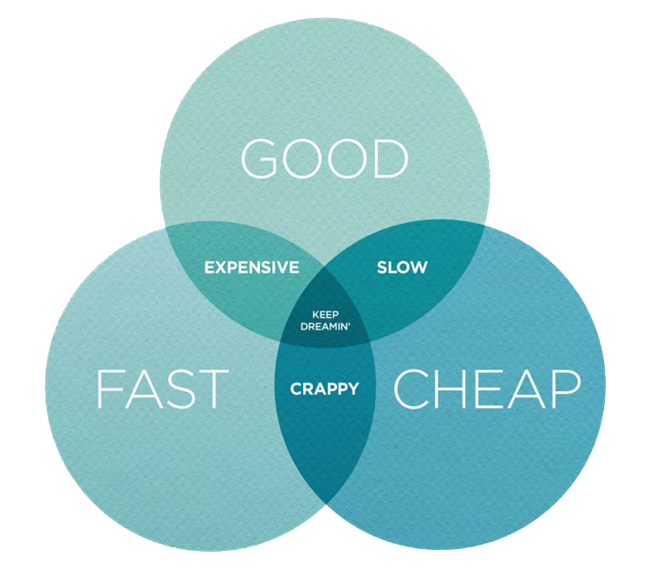
Dan Shewan at WordStream says, “With so much content being produced, competition in today’s so-called “attention economy” has never been more intense. As such, it’s vital that you only publish the very best content possible, or you can’t possibly hope to succeed. It’s better to publish one excellent post per week than five mediocre posts per week”.
“Not only do you have to set the quality bar incredibly high, but you also have to keep meeting (or exceeding) this standard. This can be a challenge for even the most experienced content production teams, but it’s essential in standing out from an increasingly large crowd and making your voice heard. Accept that producing exceptional content takes time, effort, and money – and that there are no shortcuts” continues Dan.
Master the Headline
Headlines are one of the most important components of writing. You want to grab someone’s attention within a few seconds and entice them enough to want to click to read more. Headlines need to be engaging, attention grabbing, and ultimately convert.
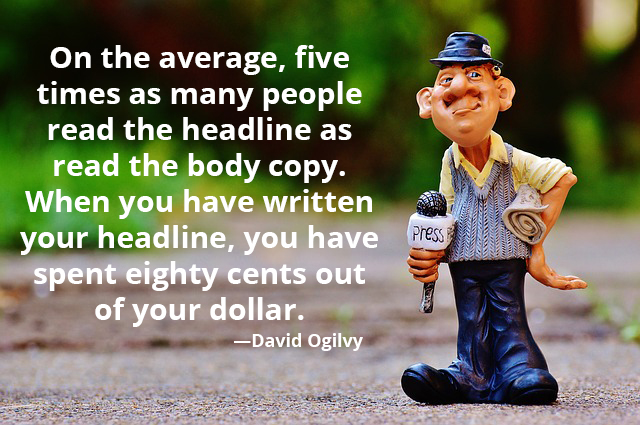
Here are some great headline writing tips from Jeff Goins:
- Use numbers
- Use interesting adjectives
- Use unique rationale
- Use what, why, how, or when
- Make a promise
He puts it all together with this simple formula –
Number or Trigger word + Adjective + Keyword + Promise
Example: Take the subject “bathing elephants.” You could write an article entitled, “How to Bath an Elephant” or “Why I Love Bathing Elephants.”
Or you could apply this formula and make it: “18 Unbelievable Ways You Can Bathe an Elephant Indoors”
Another (more serious) example: Take a bold promise like “selling your house in a day.”
Apply the formula and you get: “How You Can Effortlessly Sell Your Home in Less than 24 Hours”
“People don’t want to be tricked into reading something boring; they want to be drawn into something exciting. Make it worth their while. Take extra long time to consider what headline will grab people’s attention the most, and make sure that it describes your content in an honest, but attractive, way. They won’t regret it, and neither will you” He concludes.
Include Visual Content in Every Piece
Visual content has grown exponentially in the past year and will continue to dominate going forward. Whether it’s sharing eye catching images with quotes, branded featured images on blogs, analytics charts, infographics, etc. consumers seem to be loving it and the proof is in the numbers.
Gaurav Kumar at Semrush reported that social media posts with images produce 180% more engagement and according to a recent Hubspot post the amount of video from people and brands in Facebook’s News feed increased 3.6x year-over-year. Also, Tweets with images receive 18% more clicks, 89% more favorites and 150% more retweets.
He shares Starbucks’ visually appealing banner image on Instagram and says that this image never fails to appeal to the emotion of target audiences.

Kumar continues with the following insights and suggestions:
Marketers who leverage visual content are effectively able to drive traffic and boost visitor-to-lead conversion rates. In a blog published at Forbes, writer Daniel Newman reveals that static, text content is already a passé and has been replaced by visual content.
We predict that more and more marketers will incorporate images in their blogs besides creating interesting and engaging visual content in the years to come. But it’s important to understand that organization is crucial for visual content. The right visual content should be laid out in a way that vital elements in the page pop up.
For instance, in the grand scheme of things, your company’s logo design should be visible. For another, your contact details must be easy to spot. And all these elements must be presented in visually appealing way. Remember, there’s just one chance for a first impression and often there are no chances for a do-over. So, do well to create visual content that appeals to the emotion of your audiences and meets with the approval of publishing channel that you’re using.
Know Your Numbers
Knowing your numbers is an important part of content marketing. You want to be examining specific metrics to ensure that your efforts are effective and giving you a solid return on your investment.
Jay Baer says that “content cannot be measured with a single metric, because no one data point can successfully or satisfactorily tell you whether your program is working.”
He continues that you need to track metrics from four main areas, which include consumption metrics, sharing metrics, lead generation metrics and sales metrics.

Here are each of the metrics summarized:
- Consumption Metrics – this is data derived from Google Analytics, YouTube Insights, etc. Essentially, data that shows how well your content is being consumed by your audience. This can be done by examining page views, bounce rates, downloads, and so on.
- Sharing Metrics – this refers to how successful your content is in getting consumers to share it. Sharing can include tweets, likes, diggs, etc.
- Lead Generation Metrics – this data tracks the number of consumers converted into actual leads. It is an important metric as it directly impacts on how effective your content is. You can measure this by adding a cookie to a lead gen page or using a plugin that tracks views, form fills, etc.
- Sales Metrics – this refers to the number of consumers or leads that convert into actual paying customers. Here you will want to focus on the specific content that was consumed, which will allow you to project revenue and profit or rather the lifetime value of that customer.
Repurpose Content
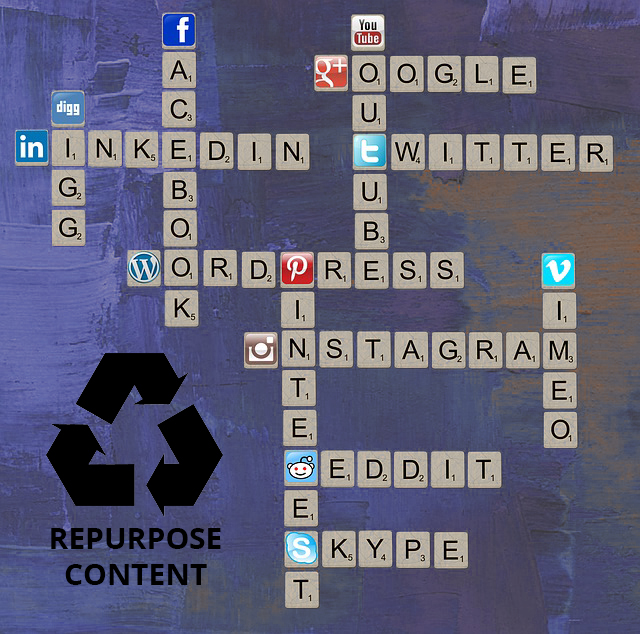
There are two main reasons why you would want to repurpose content: 1. to increase reach or 2. to spice up and give new life to old content. Both serve an integral purpose therefore it is worth getting to know exactly how this is done.
When you repurpose content you are taking existing content and putting it into different formats. For example, you would take a blog post and turn this into a slide share, a video, etc. Alternatively, you could take a number of blog posts and create an e-book or podcast series. The possibilities are endless.
Once you’ve created the newly formatted content you then share it on respective sites. Videos for example can be uploaded on YouTube, Vimeo, Daily Motion, Metacafe, etc. Video audiences are growing daily, which allows you to tap into a new pool of traffic. The same is true for other content types. For podcasts and slide shares find sites to share your content and start building a following in those areas as well.
Using repurposed content allows you to find people that may otherwise have not stumbled upon your site. As well, it is a brand new link building opportunity which will help with your site rankings.
Here are 12 great ideas from Kevan Lee, at BufferSocial, to get you repurposing your content.
- Create new blog posts and articles
- Create a presentation
- Build an infographic
- Create a Pinterest instructographic
- Refresh and republish old posts
- Repost and re-promote to social media
- Repost on Quora
- Craft a daily email series
- Create an ebook
- Write a guest post or two (or three or four or …)
- Create a podcast or video series
- Host a webinar
Document Your Strategy
Ever heard the saying ‘If you don’t plan, you plan to fail’? Well that certainly applies here.
Documenting your content marketing strategy requires that you identify all of the tactics and tasks associated with a well laid out plan.
The problem is that we are still seeing almost half of B2B marketers without a documented strategy. According to the fifth annual study (B2B Content Marketing 2015 Benchmarks, Budgets, and Trends – North America) revealed, 35% of B2B marketers had a documented content marketing strategy, compared with 32% this year.
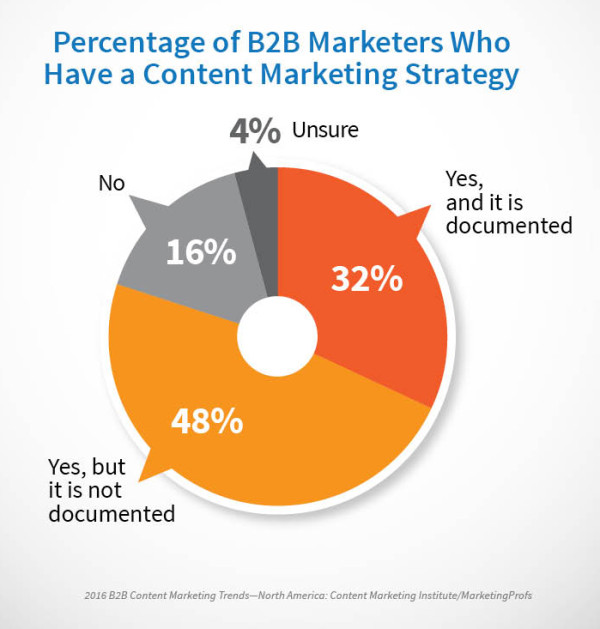
Jennifer Smoldt says that, “With ever more content being created and disseminated via ever-evolving distribution points, marketing is undergoing constant transformation. This increased complexity requires not only experienced content strategists but also a well-documented plan for marketing teams to communicate and follow”.
She continues to denote that…
More Channels = More Content = More Complexity. It’s that simple.
Building an effective content marketing strategy requires a roadmap. Here are some steps you can follow:
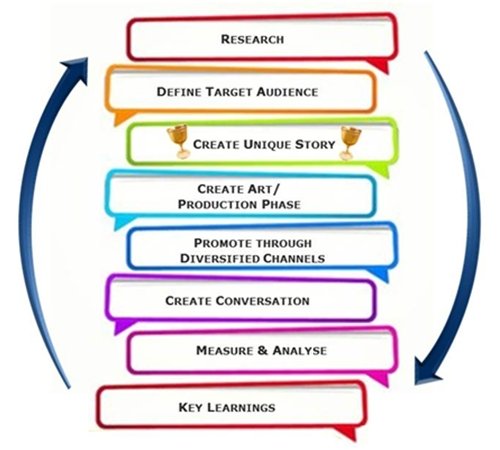
Use Calls to Action in Every Piece of Content
How are you ending a blog post? Are you adding a link inside of PDFs? What about promotional banners at the end of videos?
A call to action is more than just selling your product, it is giving the reader the next step in their journey. Help them move along so they know what to do next.
Here are some great insights and lessons from Forbes written by John Rampton.
This may seem obvious, but apparently it’s not. According to research done by Small Business Trends and Online Marketing Coach, 70% of small businesses don’t even have a CTA on their home page (and I assume the same applies to other pages on their site).

Not every piece of content has to (or should) attempt to promote a product or service. However, each should certainly contain one strong call to action that tells the reader what to do next.
Which type of CTA you use will be dependent on where that piece of content fits within your funnel. For instance, if a blog post is intended to aid readers with researching a product, your CTA may suggest another piece of content that moves them along in the buying cycle.
He concludes, that “For each piece of content you create, ask yourself: “What do I want to accomplish here?”.
Conclusion
There are a number of things that you can start doing as early as today to optimize your content marketing strategy. Remember to always publish quality content. It’s better to post one quality piece per week than five mediocre ones. Take the time to write your content as it will serve you for the long haul. And don’t forget to master headline writing. This may be the one skill that you want to spend a little extra time on. Remember it is the difference between getting that click or not.
Track your numbers regularly so that you know exactly what is going out and what is coming in. Are you getting a fair return on your investment? If not, what tweaks need to be made to get you there. Are you tracking the right metrics? Re-read the section on knowing your numbers if you are not sure.
And make sure that you document your strategy. Without this it will be difficult to not only determine your ROI but whether or not your plan is well laid out. Figure out what content needs to be created, who will create it, when it will be published, how it will be promoted, and so on.
Use the tips here to get started and share below if you’ve come across some advice that has made a huge impact.


